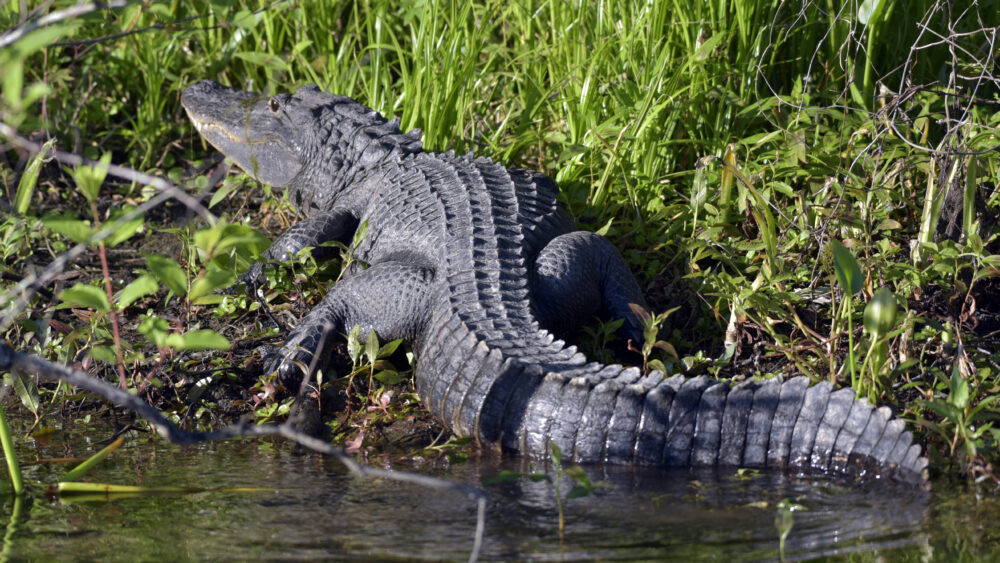We have much more to do and your continued support is needed now more than ever.
This Year’s Outlook for Water Levels and Harmful Algal Blooms in the Great Lakes
We’ve been getting A LOT of rain in the Great Lakes region this year. Some of it falling like a missle from severe storms.

The heavy rain is bringing up a couple questions I’d like to address:
1. Is the rain helping Great Lakes lake levels?
2. Is there going to be a big, ugly Harmful Algal Bloom (HAB) in Lake Erie this fall?
Information for this blog post is largely informed by a new effort called Quarterly Climate Impacts and Outlook for the Great Lakes Region, which is a bi-nantional multi-partner effort to bring shorter-term weather and climate impact information and forecasts for the Great Lakes.
Outlook for Great Lakes Lake Levels

For example, Lakes Michigan-Huron water levels rose by 9.5 inches in April and another 5 inches in May, however levels still remain around 20 inches below long-term average. Lake Superior remains about 7 inches below long-term average.

Low water levels in the Great Lakes have impacts on navigation, industry, and transportation, as well as wildlife. Coastal and nearshore sites are home to most fish and wildlife populations, therefore availability of fish and wildlife habitat is directly impacted by Great Lakes water levels. Persistent low levels may reduce the diversity of plants and animals that live in, or depend on, these habitats.
Outlook for Harmful Algal Blooms in Lake Erie

So what is the outlook for this year?
According to the regional outlook, increased precipitation could, in fact, lead to a more persistent and widespread harmful algal bloom in Lake Erie this summer/fall. Some scientists estimate that the size of the bloom could be close to the size of the 2003 bloom. More details of the 2003 bloom are outlined in Taken By Storm. These blooms are toxic to wildlife and humans, and threaten a billion dollar fishing and birding industry.
What can YOU do to help the Great Lakes?
- Read more about specifics at this post: Heavy Rains, Runoff, Toxic to Wildlife
- Get outside! It is the summer after all. Let everyone you know how much you love the lakes by enjoying them! (By the way, if you do see green toxic muck – I highly recommend staying away.) Also, inform your friends and family about these issues.
- A bit unrelated, but if you care about the Great Lakes I’m sure you’ll care about this. Enbridge has a plan to pump corrosive tar sands oil through aging oil pipelines in the Great Lakes. That’s why organizers from Traverse City 350, along with National Wildlife Federation, Michigan Land Use Institute and many other environmental organizations, have created “Oil and Water Don’t Mix: A Rally for the Great Lakes” to focus attention on the threat of a pipeline leak in the Straits of Mackinac. Join neighbors from across Michigan this Sunday, July 14th for a rally at the Straits of Mackinac, to tell Enbridge we will not allow tar sands oil to spill into our freshwater seas!





















